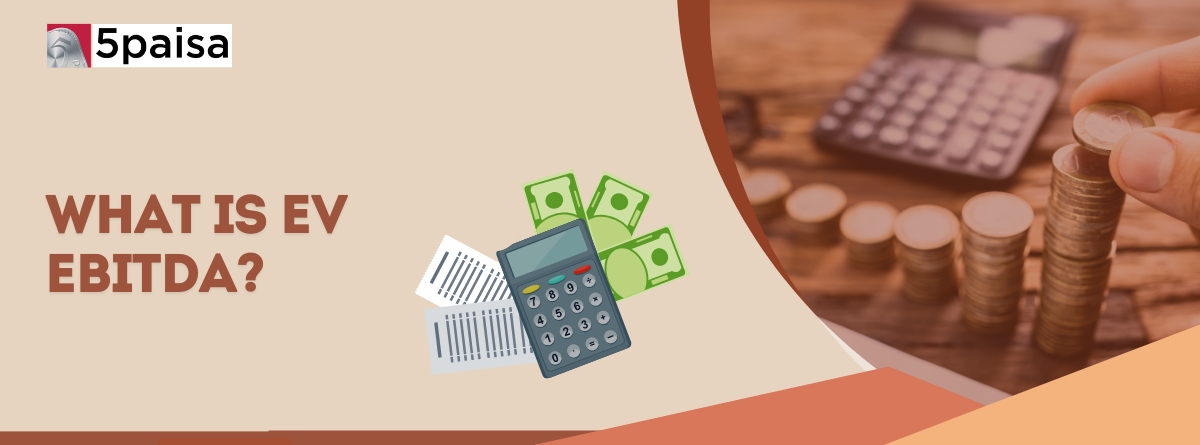Content
- What do you mean by EV/EBITDA?
- What is the EV/EBITDA Multiple Used For?
- Most common uses of EV/EBITDA
- What is EV?
- What is EBITDA?
- EV/EBITDA comparison
- Pros and Cons of EV/EBITDA
- How to Learn to Calculate EV/EBITDA
- EV/EBITDA Calculator
- What Enterprise Multiple Can Tell You?
- Conclusion
EV/EBITDA is a popular financial metric used by investors and analysts to evaluate a company's value and performance. It measures the relationship between a company's enterprise value (EV) and its earnings before interest, taxes, depreciation, and amortization (EBITDA). The ratio is calculated by dividing a company's EV by its EBITDA, providing insight into how much investors are willing to pay for each dollar of EBITDA generated by the company.
EV/EBITDA has become a popular metric due to its ability to adjust for differences in capital structure, making it useful for comparing companies across different industries and sectors. In addition, it can provide a better indication of a company's operational performance, as it excludes the impact of financing and accounting decisions.
More Articles to Explore
- Difference between NSDL and CDSL
- Lowest brokerage charges in India for online trading
- How to find your demat account number using PAN card
- What are bonus shares and how do they work?
- How to transfer shares from one demat account to another?
- What is BO ID?
- Open demat account without a PAN card - a complete guide
- What are DP charges?
- What is DP ID in a demat account
- How to transfer money from demat account to bank account
Disclaimer: Investment in securities market are subject to market risks, read all the related documents carefully before investing. For detailed disclaimer please Click here.




